Ball pythons have become one of the most popular reptile pets due to their manageable size, docile temperament, and striking morphs. However, even experienced keepers can make critical errors in their care that impact these snakes’ health and well-being. Whether you’re a first-time snake owner or have kept ball pythons for years, understanding common pitfalls can help ensure your serpentine companion thrives. This article explores ten crucial mistakes to avoid when caring for your ball python, offering practical advice to help you provide the best possible home for these fascinating reptiles.
Inadequate Enclosure Size
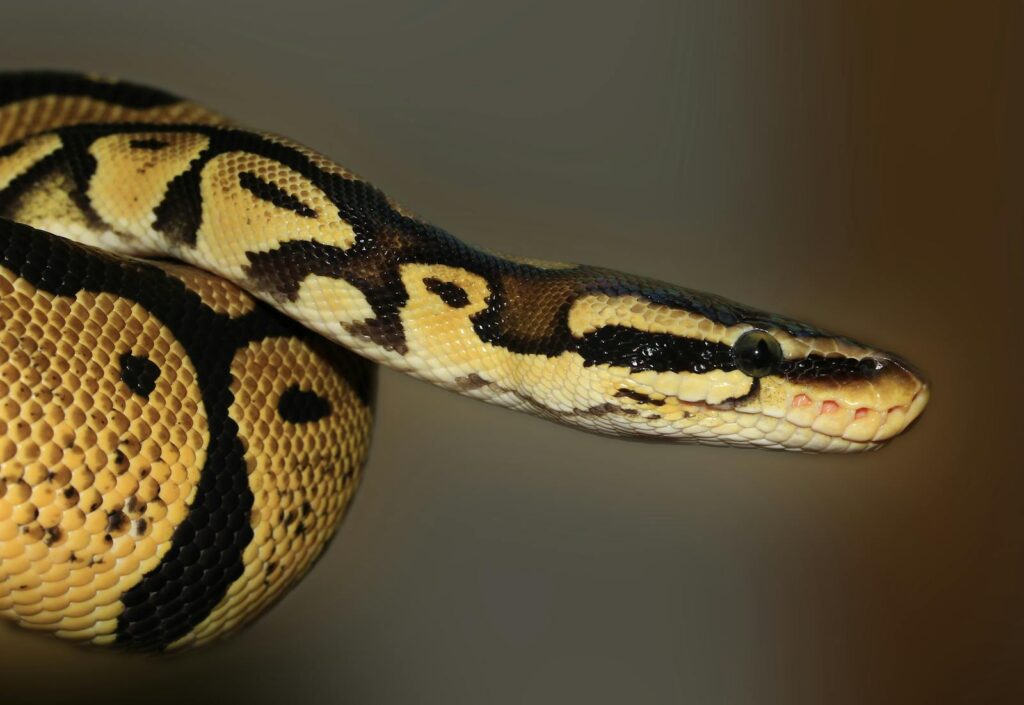
One of the most common mistakes ball python owners make is housing their snake in an enclosure that’s too small. While ball pythons aren’t particularly active snakes, they still require sufficient space to stretch out, explore, and exercise. At minimum, adult ball pythons should be housed in enclosures that are at least 4 feet long by 2 feet wide, providing them with adequate room to move about comfortably. Juvenile pythons can start in smaller enclosures, but planning for an appropriate adult habitat from the beginning is wise. Remember that an enclosure that’s too small can lead to stress, reduced activity, and potential health issues, while one that’s properly sized promotes natural behaviors and overall well-being.
Improper Temperature Gradient
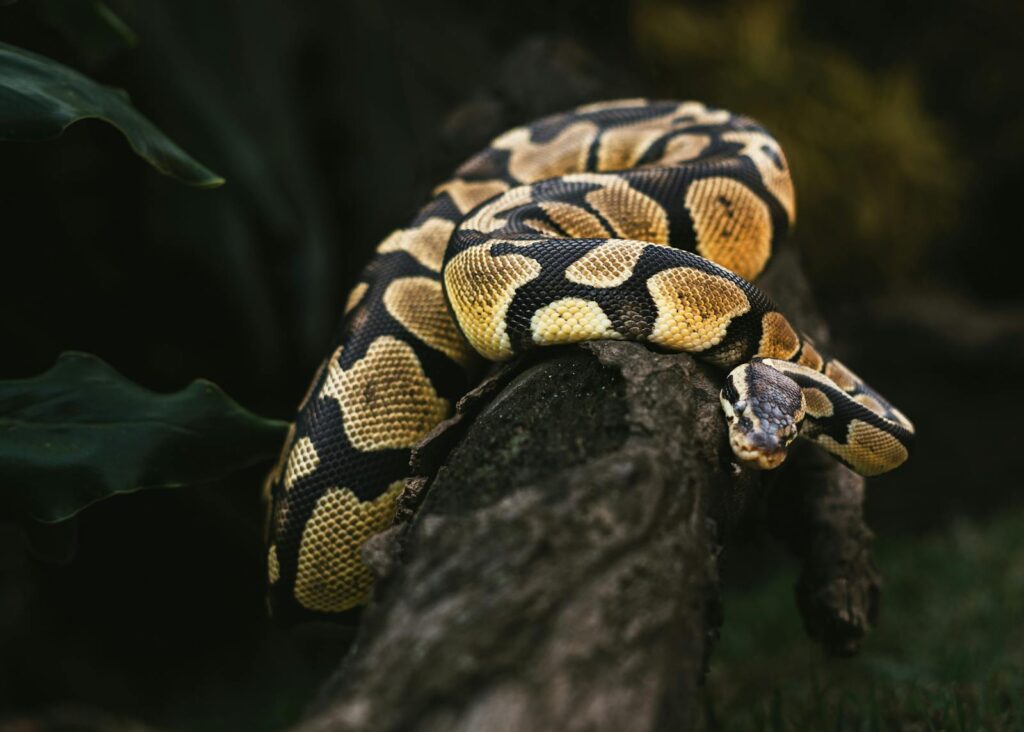
Ball pythons require a proper temperature gradient in their enclosure, allowing them to thermoregulate by moving between warmer and cooler areas as needed. The warm side of the enclosure should maintain temperatures between 88-92°F (31-33°C), while the cool side should range from 75-80°F (24-27°C). Many owners make the mistake of providing uniform heat throughout the enclosure or failing to monitor temperatures accurately with reliable thermometers placed at both ends. Without this crucial temperature gradient, ball pythons may experience digestive issues, weakened immune systems, or respiratory infections. Remember that heat sources should be regulated by thermostats to prevent dangerous temperature fluctuations or potential burns.
Neglecting Humidity Requirements
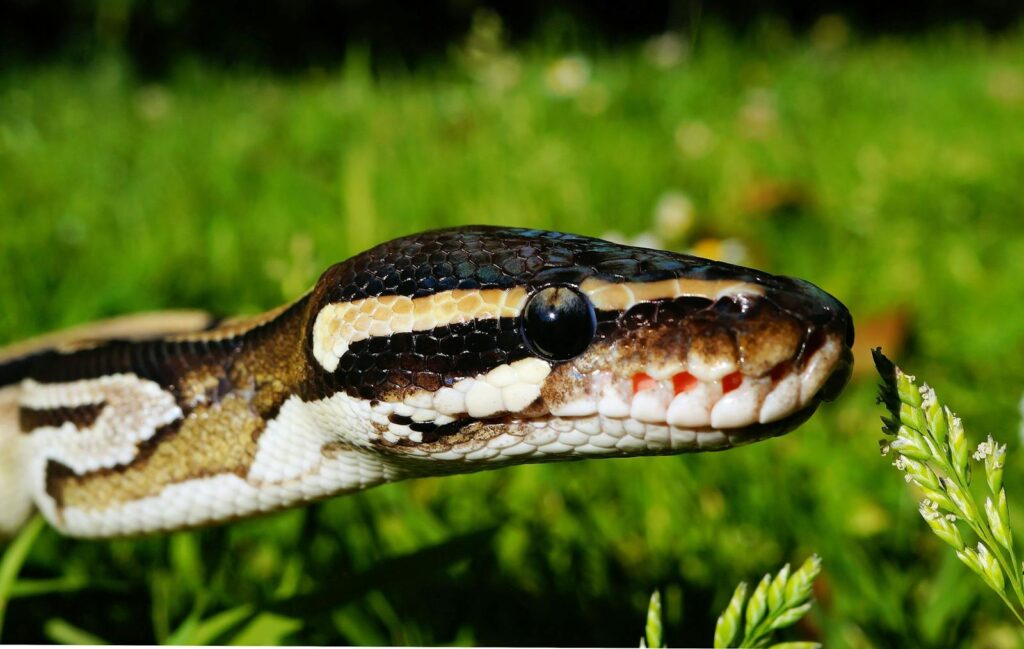
Maintaining proper humidity levels is a critical aspect of ball python care that’s frequently overlooked or misunderstood. These snakes require humidity levels between 50-60% most of the time, with temporary increases to 60-70% during shedding periods. Humidity that’s consistently too low can lead to difficult sheds, respiratory issues, and dehydration, while excessive humidity can promote bacterial and fungal growth. Many keepers fail to monitor humidity with a reliable hygrometer or struggle to maintain consistent levels, especially in dry climates or during winter months with indoor heating. Providing a proper water dish, strategic misting, and appropriate substrate choices like cypress mulch or coconut-based bedding can help maintain the humidity balance these snakes need to thrive.
Overhandling Your Snake
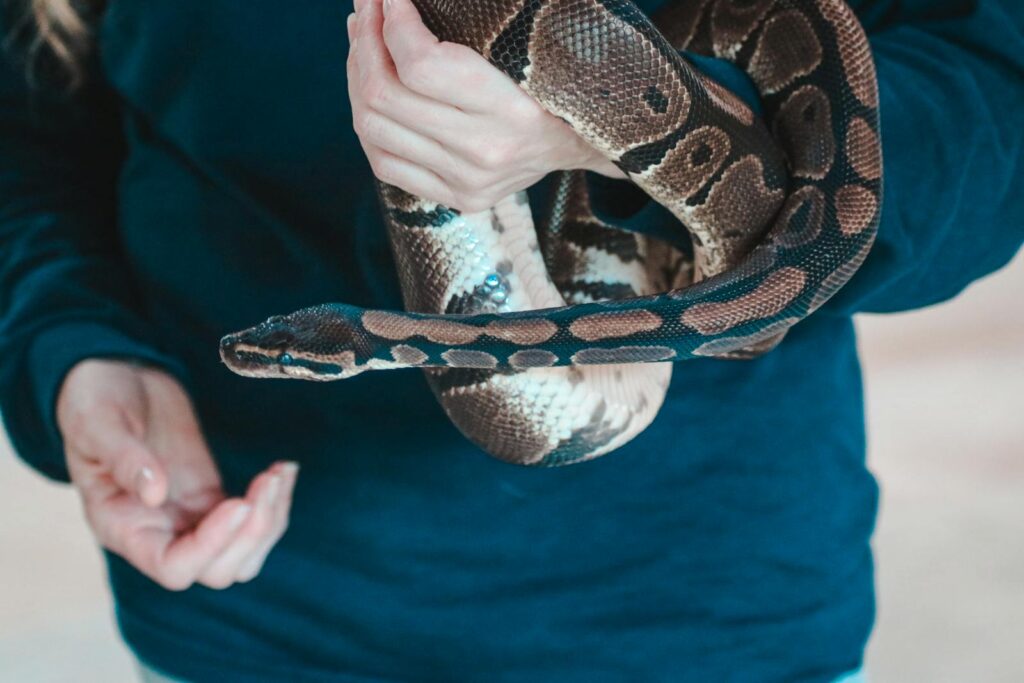
While ball pythons are known for their docile nature, excessive handling is a common mistake that can cause significant stress. New owners especially may be tempted to handle their pythons daily or for extended periods, not realizing the negative impact this can have. Ball pythons generally tolerate handling well but prefer limited interaction—typically 1-2 times per week for no more than 15-20 minutes per session is appropriate. Handling should be avoided entirely for at least 48 hours after feeding to prevent regurgitation, during shedding periods when snakes feel particularly vulnerable, and during the first week after bringing a new python home. Remember that these are primarily solitary animals that need time to feel secure in their environment without constant disturbance.
Improper Feeding Practices
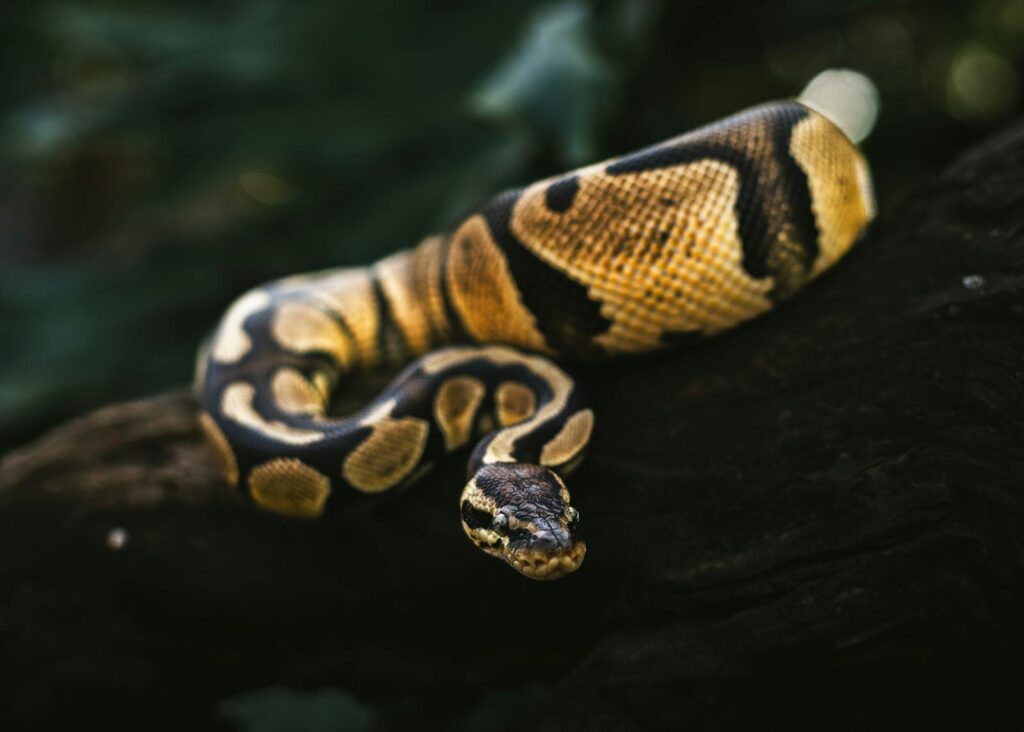
Feeding mistakes rank among the most common issues with ball python care, potentially leading to serious health problems. Offering prey that’s too large can cause regurgitation or internal injuries, while prey that’s too small won’t provide adequate nutrition. As a general rule, the prey item should be approximately 10-15% of your snake’s body weight and no wider than the widest part of your python’s body. Another common mistake is handling the snake immediately after feeding, which can cause stress and regurgitation. Some owners also make the error of feeding live prey, which can injure your python through bites or scratches; pre-killed or frozen-thawed prey is much safer. Additionally, inconsistent feeding schedules or attempting to feed a ball python during its seasonal fasting periods can create unnecessary stress.
Insufficient Hide Boxes
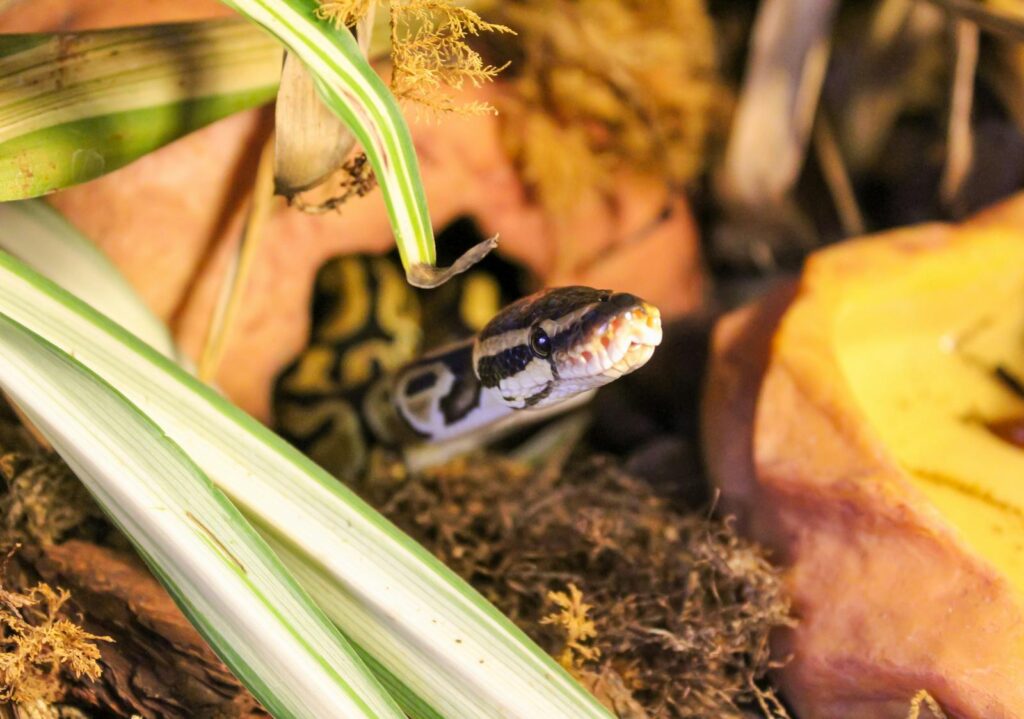
Ball pythons are naturally secretive animals that feel secure when they have adequate hiding places, yet many enclosures lack sufficient hides. At minimum, your ball python’s habitat should include two hide boxes—one on the warm side and one on the cool side of the temperature gradient—allowing the snake to conceal itself while still thermoregulating properly. Hides should be snug (but not tight) so your python feels secure with its body touching the sides of the hide. Many owners make the mistake of providing hides that are too large, transparent, or open, which defeats their purpose of creating a sense of security. Without proper hiding spots, ball pythons experience chronic stress that can lead to feeding refusals, weakened immune systems, and other health issues.
Using Inappropriate Substrates
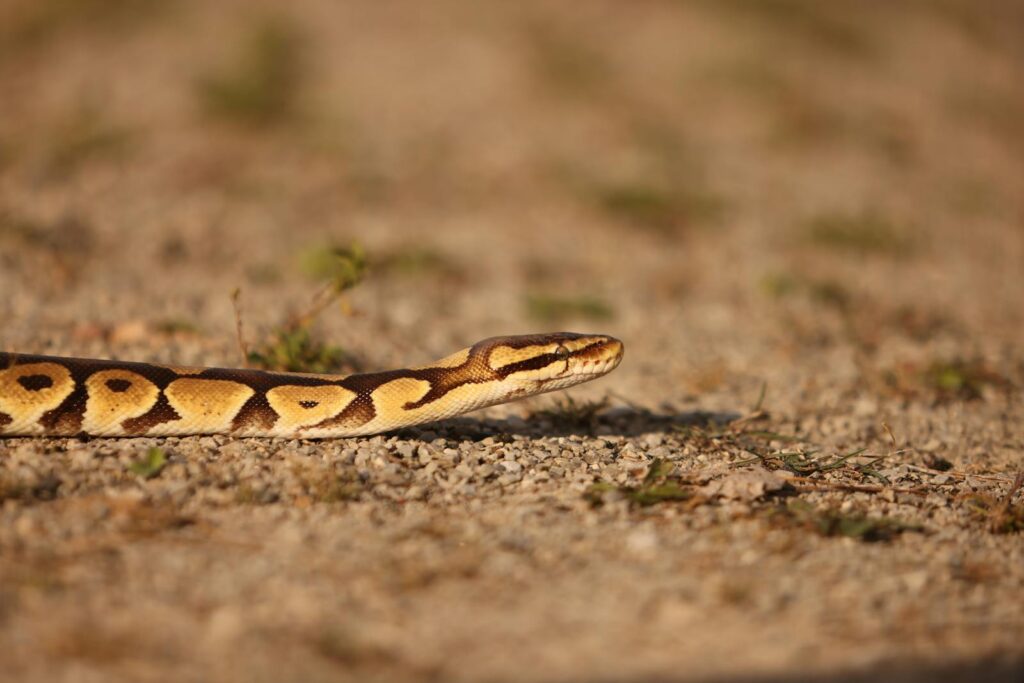
Choosing the wrong substrate is a surprisingly common mistake that can significantly impact your ball python’s health and wellbeing. Substrates like cedar or pine shavings release harmful phenols that can damage your snake’s respiratory system, while sand can cause impaction if accidentally ingested. Another problematic choice is using newspaper or paper towels long-term, which, while hygienic, doesn’t hold humidity well and provides no burrowing opportunities. Ideal substrates for ball pythons include cypress mulch, coconut husk products, or specialized reptile bedding that safely retains humidity while allowing natural behaviors. The substrate should be deep enough (2-3 inches) to permit some burrowing activity and should be spot-cleaned regularly with a complete replacement every 1-2 months, depending on the enclosure’s cleanliness.
Ignoring Signs of Illness
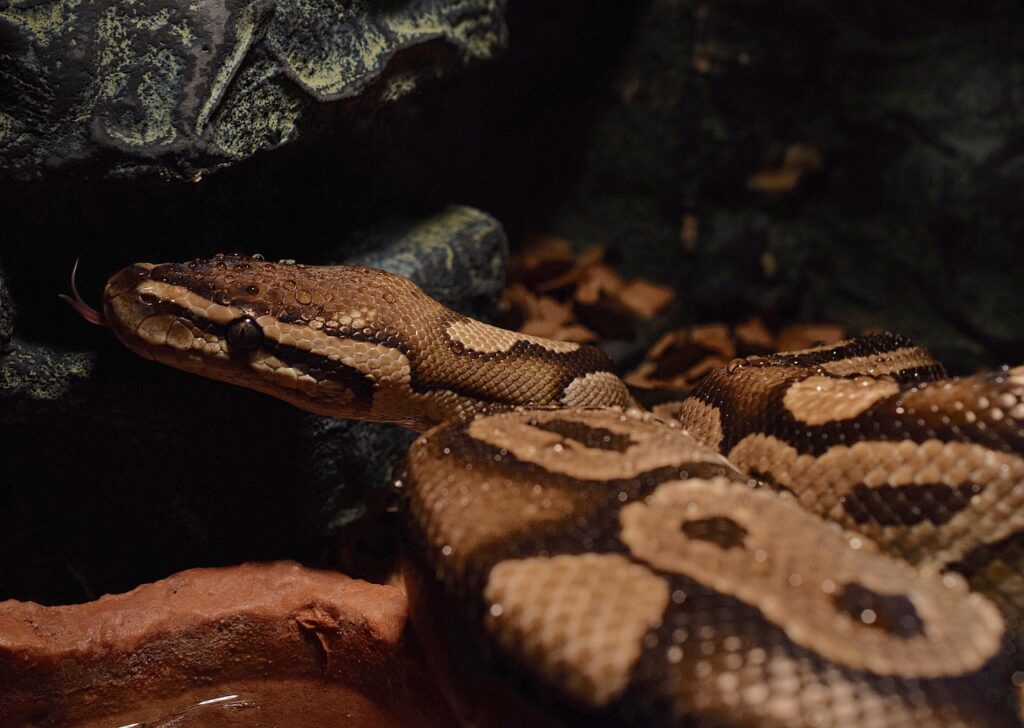
Many ball python owners, especially beginners, miss or misinterpret early signs of health problems that could be addressed with prompt veterinary care. Common symptoms that shouldn’t be ignored include bubbling or wheezing from the mouth or nose (indicating respiratory infection), regurgitation, prolonged lack of appetite outside normal fasting periods, weight loss, difficulty shedding, abnormal feces, burns, mouth rot, or unusual behavior. Another critical mistake is assuming that general reptile care information applies specifically to ball pythons or relying solely on internet advice rather than consulting an exotic pet veterinarian. Regular health checks and being attentive to subtle changes in your snake’s appearance or behavior can help catch and address problems before they become severe, potentially saving your pet’s life.
Poor Enclosure Placement

The location of your ball python’s enclosure within your home can significantly impact its health and stress levels, yet this aspect of care is frequently overlooked. Placing the enclosure in high-traffic areas, near loud televisions or speakers, or where people frequently pass by can cause chronic stress for these naturally shy reptiles. Another common mistake is positioning the habitat near windows with direct sunlight, which can create dangerous temperature fluctuations or overheating. Some owners also place enclosures near air vents, fans, or exterior doors, creating drafts that can cause temperature instability and respiratory issues. The ideal location is in a quiet area with stable room temperatures, minimal vibrations, and controlled lighting that supports the snake’s natural day-night cycle.
Using Dangerous Heat Sources
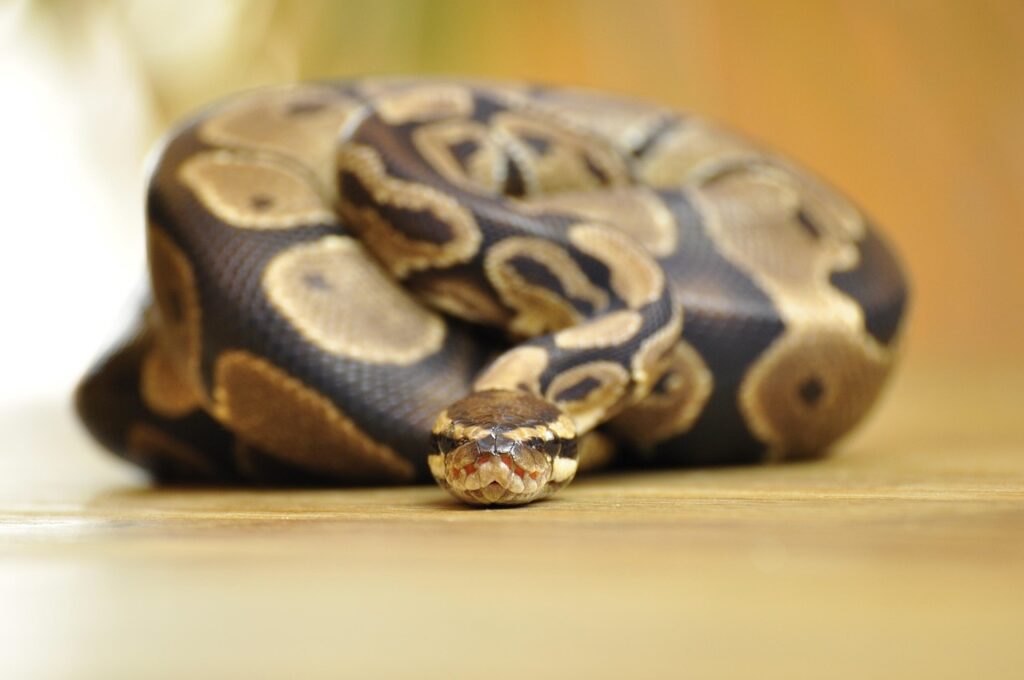
Improper heating equipment and setup is a potentially fatal mistake in ball python care that unfortunately remains common. Using heat rocks or hot stones creates a significant burn risk, as snakes cannot always sense excessive heat before tissue damage occurs. Another dangerous practice is using heat lamps or heating pads without proper thermostats to regulate temperature, which can lead to thermal burns or deadly overheating. Some owners place heating elements inside the enclosure where direct contact is possible, rather than mounting heat panels externally or using under-tank heaters with proper separation. All heat sources should be connected to high-quality thermostats with temperature probes placed at the snake’s level, and temperatures should be monitored with separate digital thermometers to ensure accurate readings and prevent potentially fatal heating accidents.
Inadequate Research Before Purchase
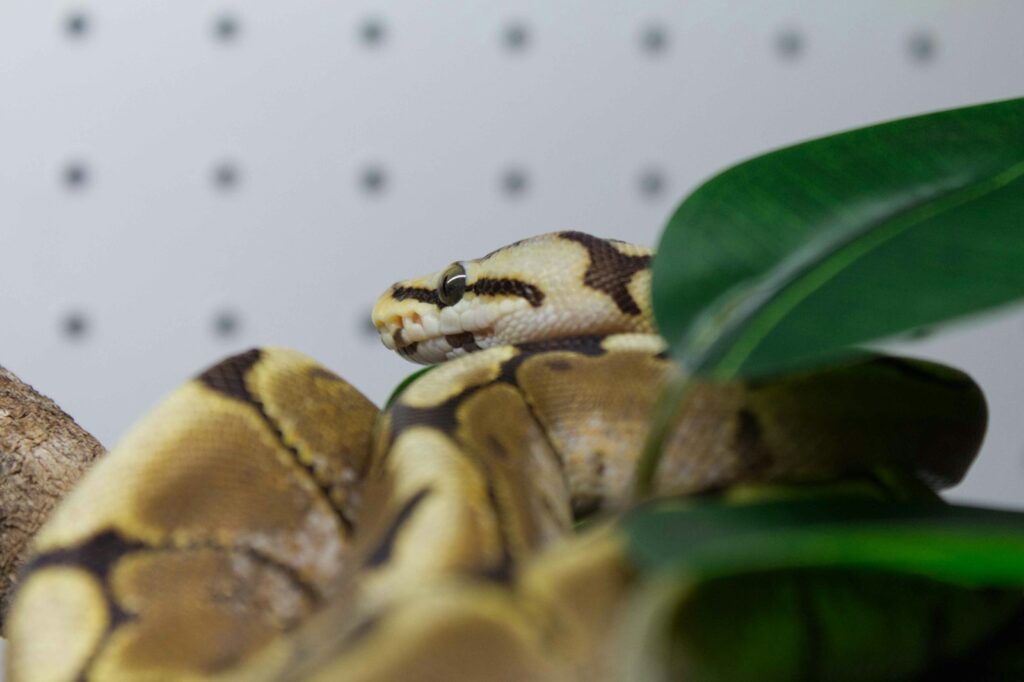
Perhaps the most fundamental mistake occurs before even bringing a ball python home: failing to thoroughly research their care requirements and long-term commitment. Ball pythons can live 20-30+ years in captivity, requiring decades of dedicated care and financial investment in proper housing, heating, feeding, and veterinary expenses. Many new owners underestimate the specialized knowledge needed for proper husbandry or the potential difficulty in finding exotic veterinary care in their area. Another aspect frequently overlooked is the challenge of finding proper care during vacations or potential housing restrictions that may arise during the snake’s long lifespan. Prospective owners should spend weeks researching care requirements, joining reptile forums, talking to experienced keepers, and honestly assessing their ability to provide appropriate care for the snake’s entire life before making the commitment to bring one home.
Improper Quarantine Procedures

When adding a new ball python to your collection or home, failing to implement proper quarantine procedures can put all your reptiles at risk. New snakes should be kept completely separate from existing reptiles for a minimum of 90 days to observe for any signs of illness, parasites, or mites that could spread to your established animals. During this period, the quarantined snake should be housed in a simple setup that allows for easy cleaning and monitoring, with separate feeding tools, handling procedures, and even clothing changes between handling different reptiles. Many keepers make the mistake of cutting quarantine short or using the same tools or furnishings between quarantined and established animals, potentially introducing pathogens. Having the new snake examined by a reptile veterinarian during quarantine and possibly tested for common diseases provides an additional layer of protection before introducing it to your main collection.
Conclusion
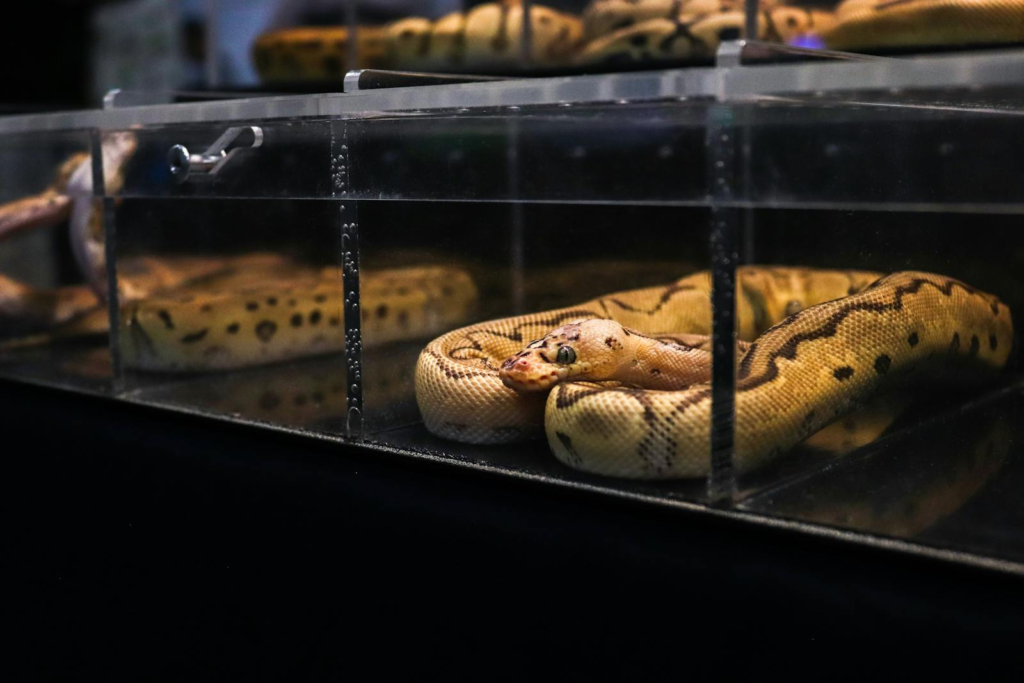
Proper ball python care requires attention to detail and a commitment to understanding these remarkable reptiles’ specific needs. By avoiding these ten common mistakes, you’ll provide your ball python with an environment where it can thrive for decades. Remember that continued learning and staying connected with the reptile keeping community can help you adapt your husbandry practices as new information becomes available. Your ball python depends entirely on you for its well-being, and the reward for proper care is a fascinating, healthy companion that will be part of your life for many years to come.

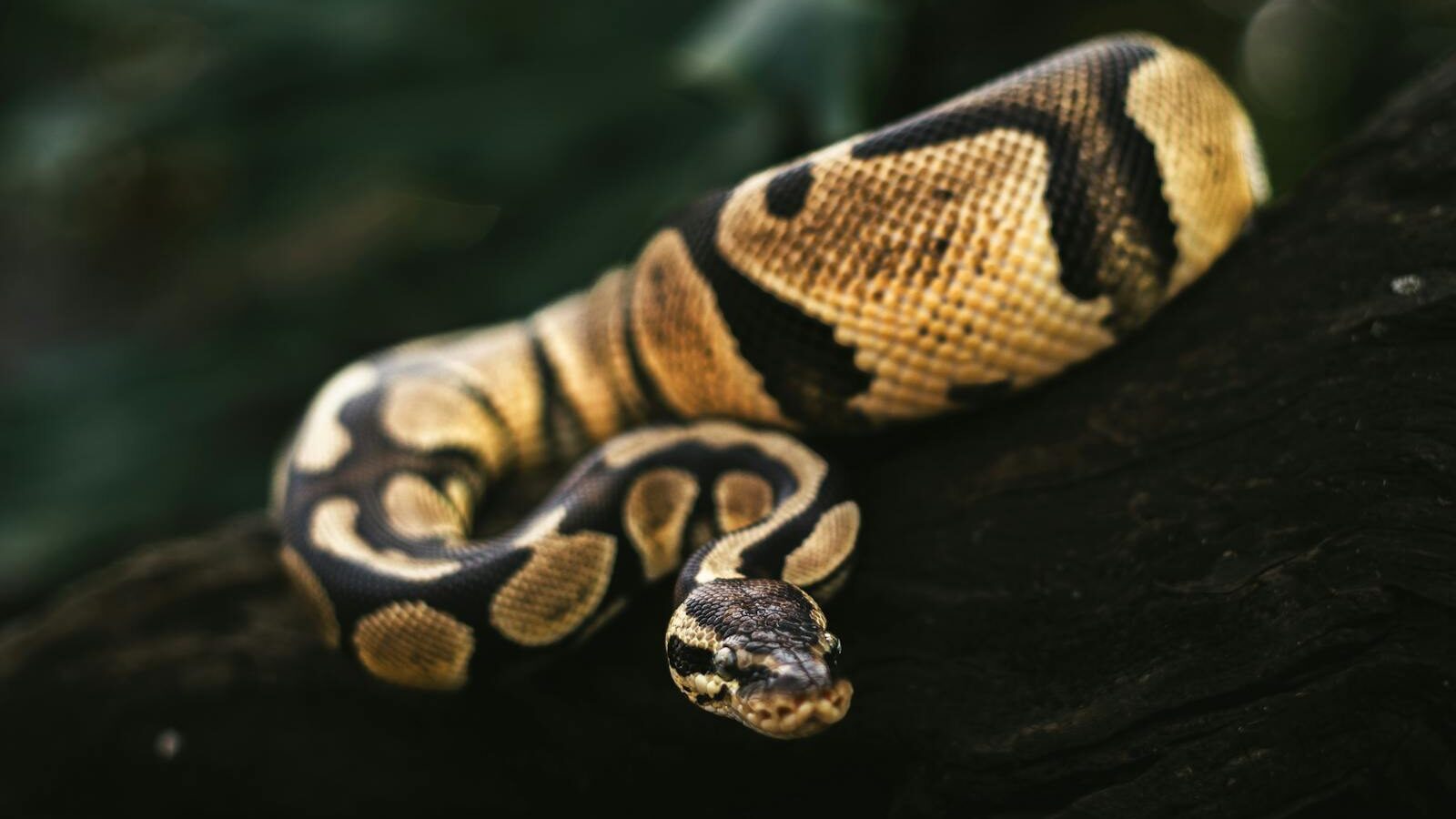
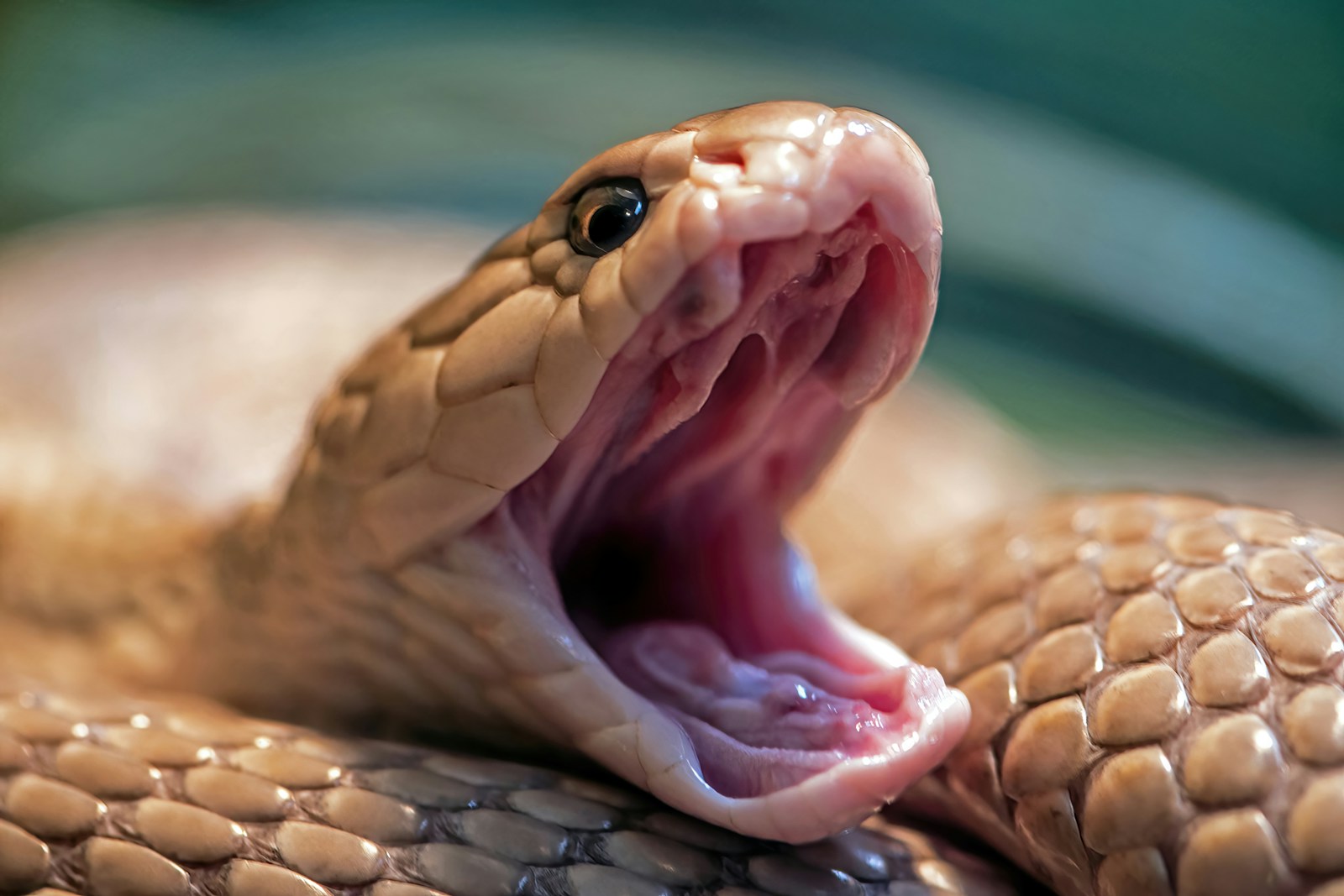
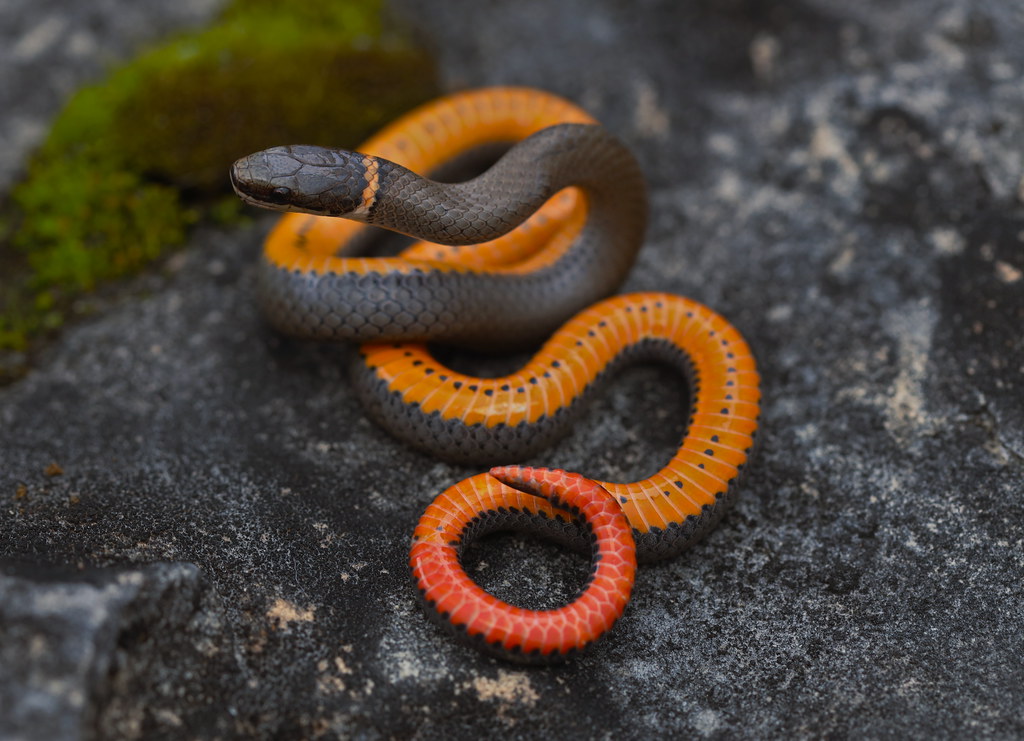

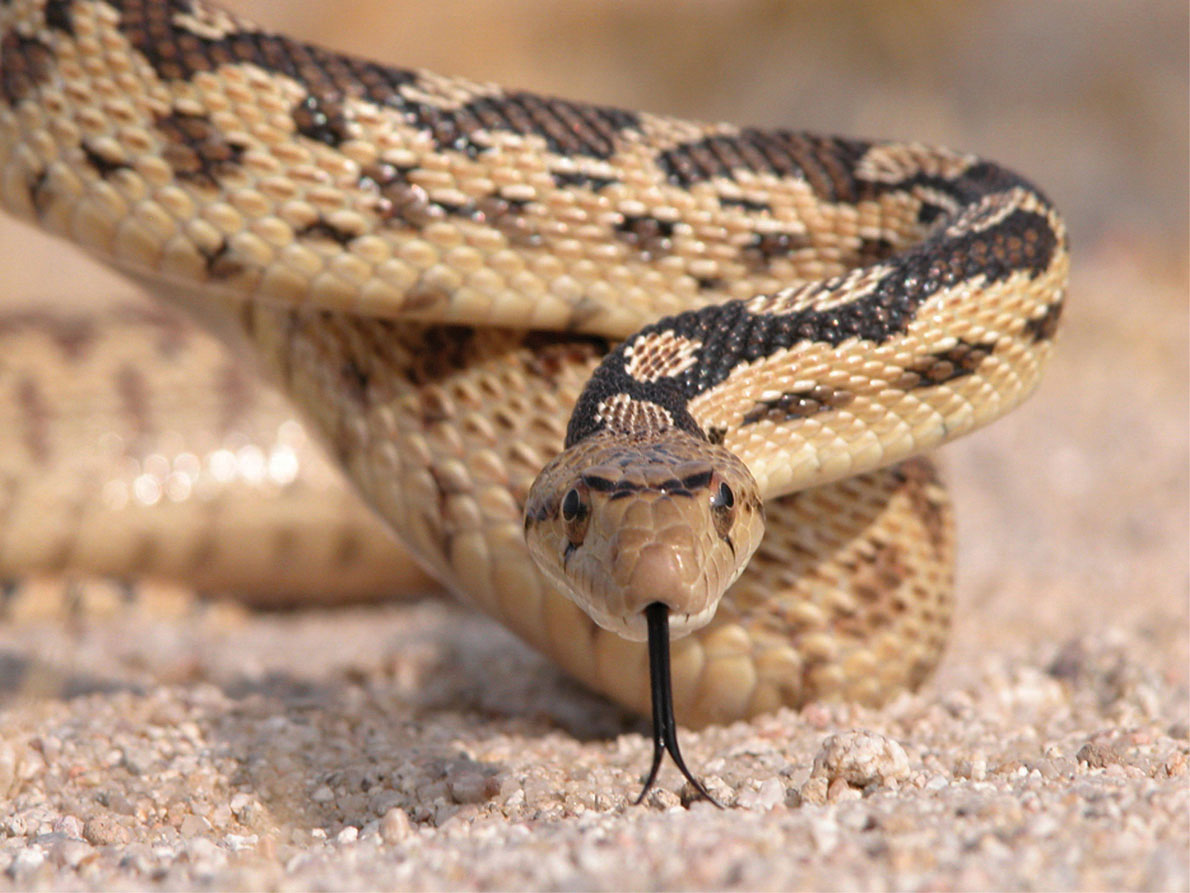


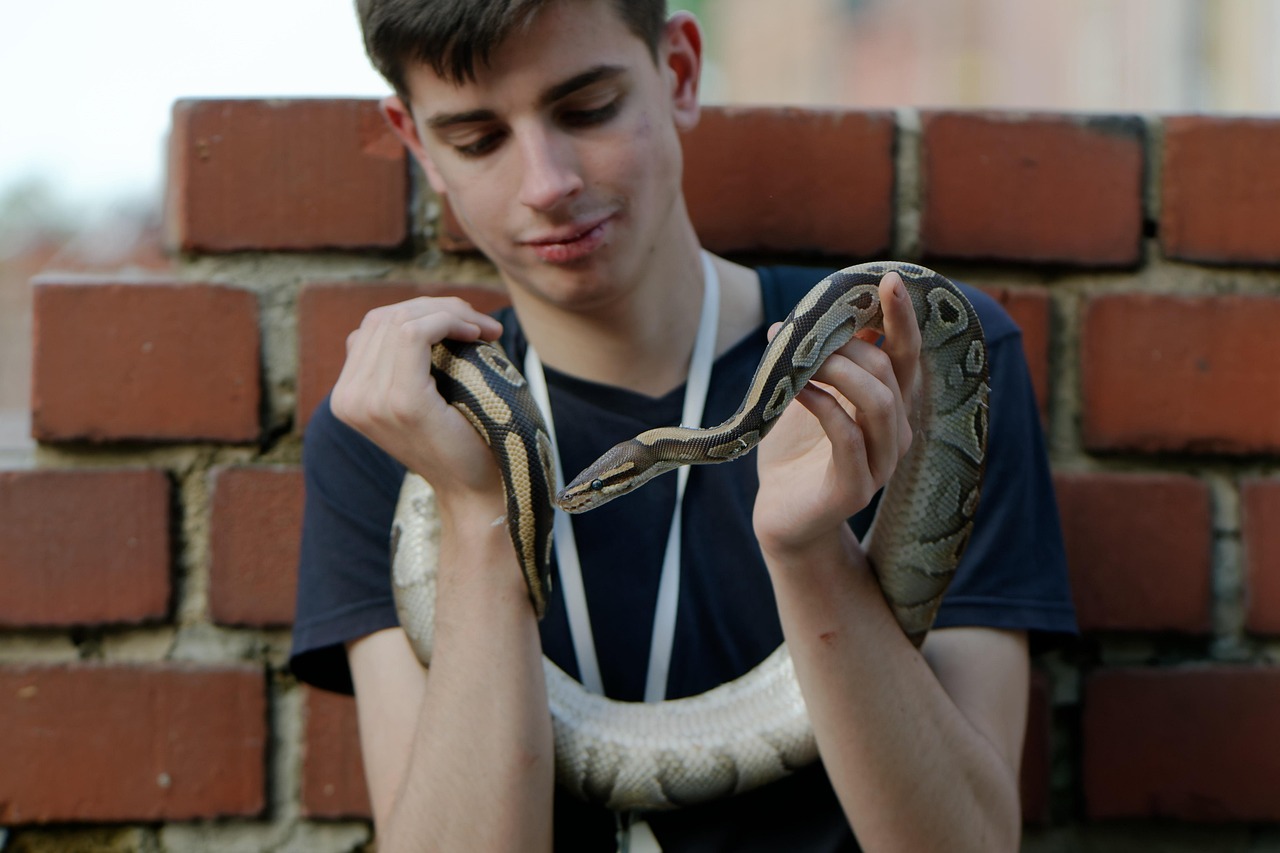
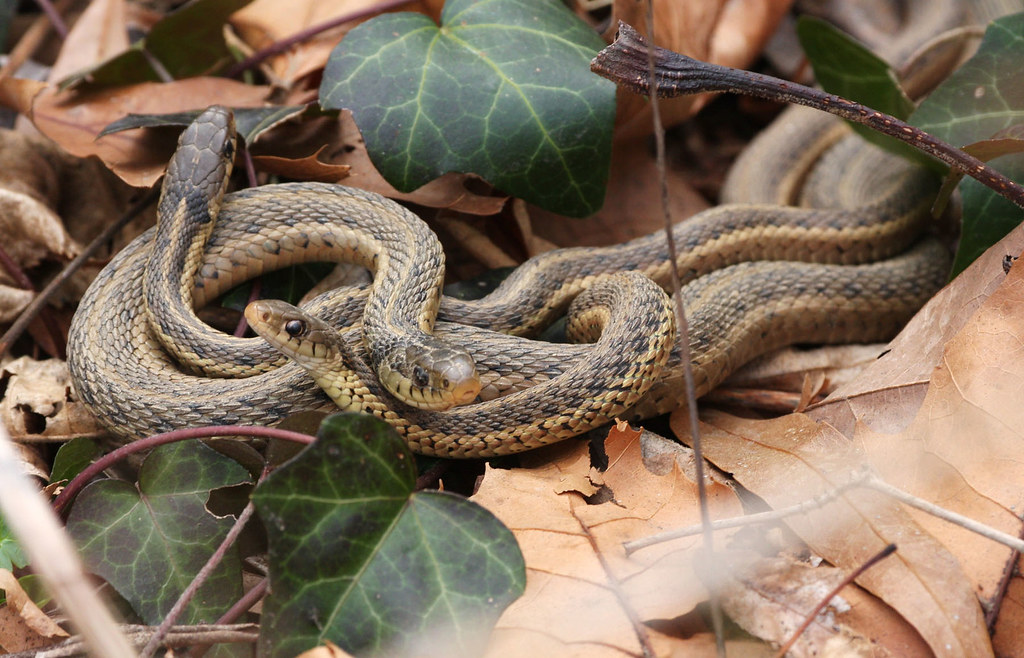
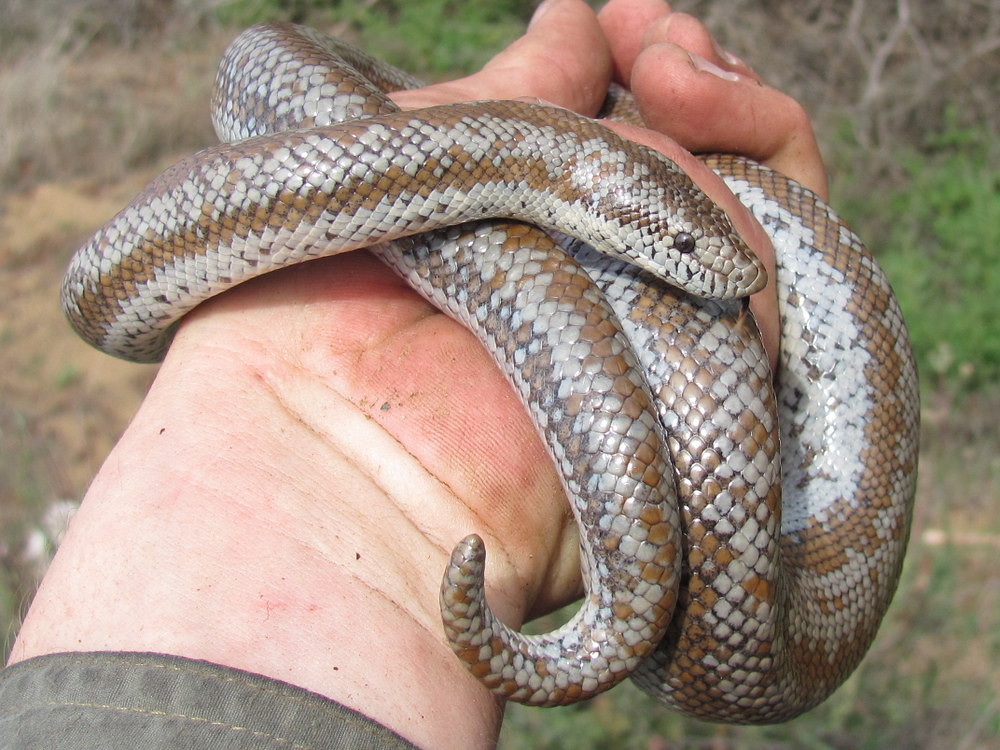





Leave a Reply